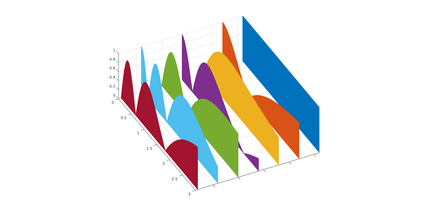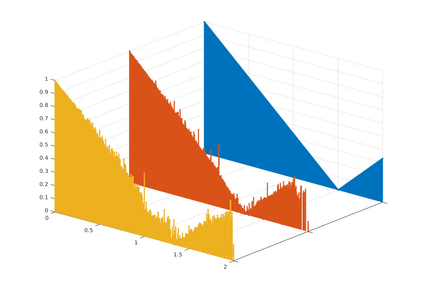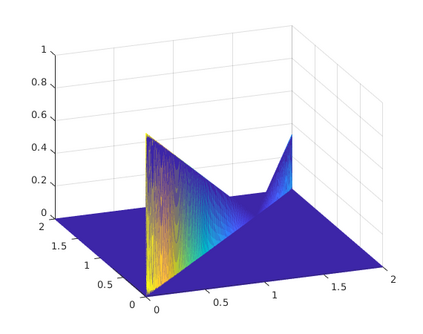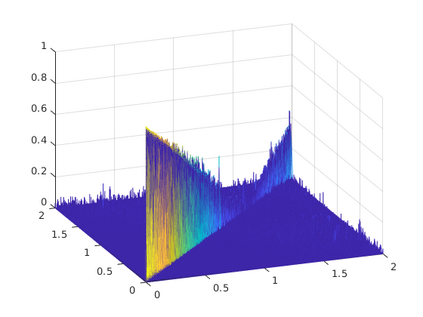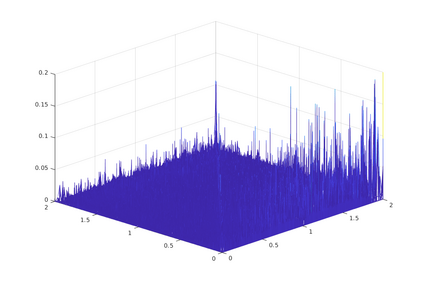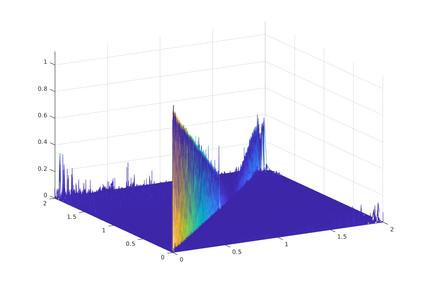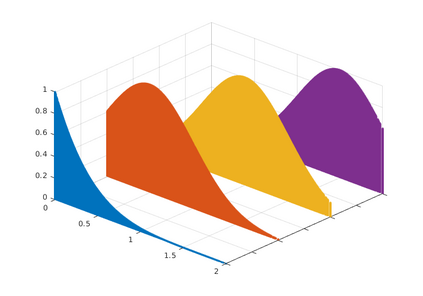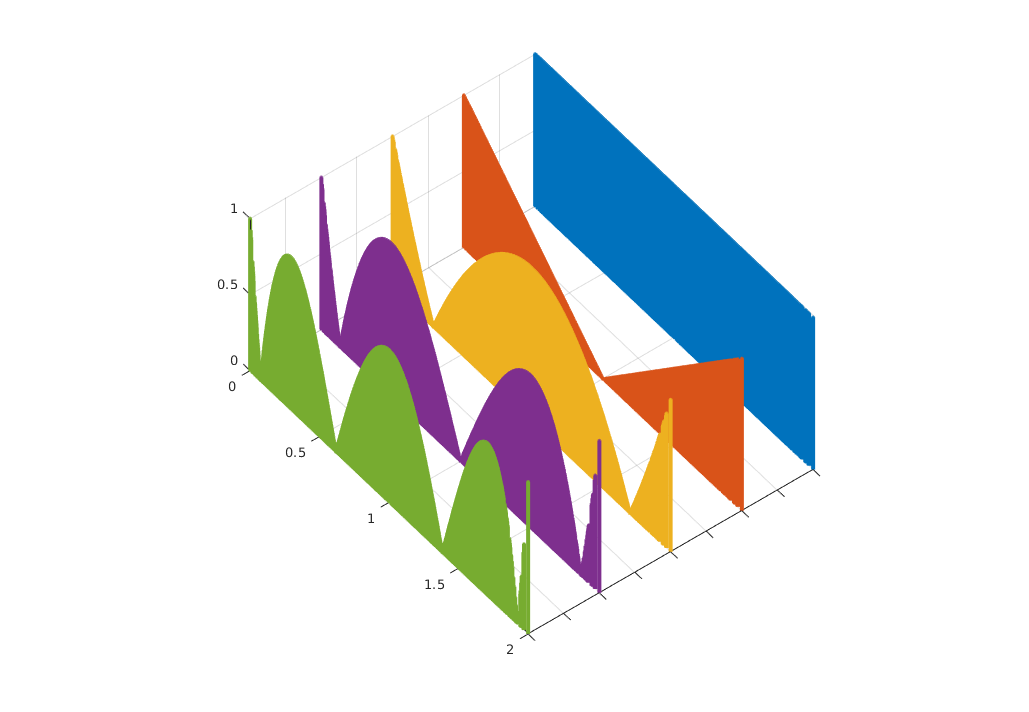This paper aims at revisiting Graph Convolutional Neural Networks by bridging the gap between spectral and spatial design of graph convolutions. We theoretically demonstrate some equivalence of the graph convolution process regardless it is designed in the spatial or the spectral domain. The obtained general framework allows to lead a spectral analysis of the most popular ConvGNNs, explaining their performance and showing their limits. Moreover, the proposed framework is used to design new convolutions in spectral domain with a custom frequency profile while applying them in the spatial domain. We also propose a generalization of the depthwise separable convolution framework for graph convolutional networks, what allows to decrease the total number of trainable parameters by keeping the capacity of the model. To the best of our knowledge, such a framework has never been used in the GNNs literature. Our proposals are evaluated on both transductive and inductive graph learning problems. Obtained results show the relevance of the proposed method and provide one of the first experimental evidence of transferability of spectral filter coefficients from one graph to another. Our source codes are publicly available at: https://github.com/balcilar/Spectral-Designed-Graph-Convolutions
翻译:本文的目的是通过缩小图变形的光谱和空间设计之间的距离,重新审视图变形神经网络; 我们理论上显示图变形过程的某种等同性,而不论在空间或光谱范围内设计; 获得的一般框架允许引导对最受欢迎的ConvGNNs进行光谱分析,解释其性能并展示其局限性; 此外, 拟议的框架还用于设计光谱域中带有定制频率剖面的定制频谱图的新的变异; 我们还提议对图变形网络的深度、可分解的深度变异框架进行概括化,这样就可以通过保持模型的能力来减少可训练参数的总数; 根据我们的最佳知识,这种框架从未在GNNs文献中使用过; 我们的提案在传输和感化图学问题上都得到了评估; 获得的结果显示了拟议方法的相关性,并提供了从一个图表到另一个图表的光谱过滤系数的首次实验性证据之一。 我们的源代码公开提供: https://gistruction-driversation.comparal-graphal


